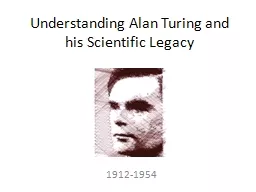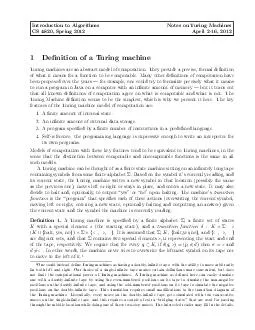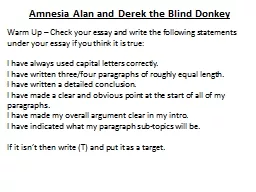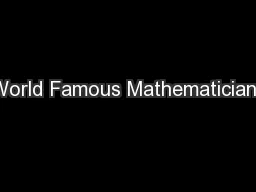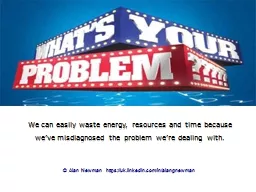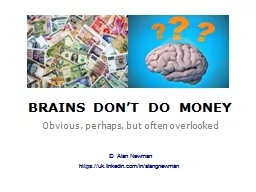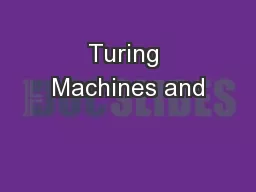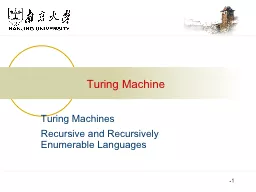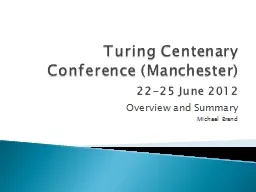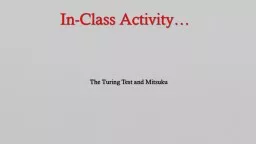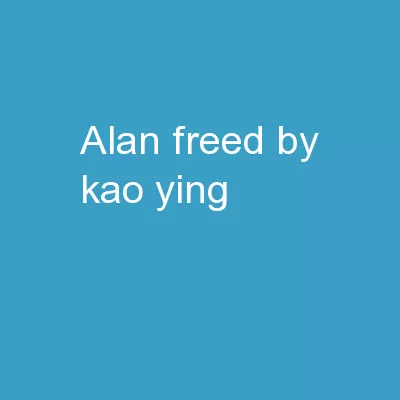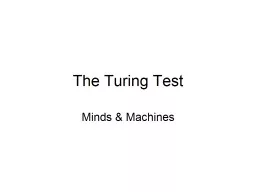PPT-Understanding Alan Turing and his Scientific Legacy
Author : danika-pritchard | Published Date : 2016-08-06
19121954 Mathematical Agenda set by Hilbert Requirements for the solution of a mathematical problem It shall be possible to establish the correctness of the solution
Presentation Embed Code
Download Presentation
Download Presentation The PPT/PDF document "Understanding Alan Turing and his Scient..." is the property of its rightful owner. Permission is granted to download and print the materials on this website for personal, non-commercial use only, and to display it on your personal computer provided you do not modify the materials and that you retain all copyright notices contained in the materials. By downloading content from our website, you accept the terms of this agreement.
Understanding Alan Turing and his Scientific Legacy: Transcript
Download Rules Of Document
"Understanding Alan Turing and his Scientific Legacy"The content belongs to its owner. You may download and print it for personal use, without modification, and keep all copyright notices. By downloading, you agree to these terms.
Related Documents

